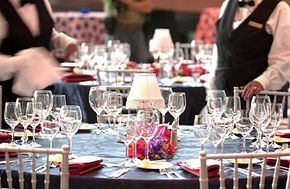Catering Schedule
One of the most valuable tools in planning and executing an event is a detailed schedule. Depending on the nature and length of an event, these itineraries can be several pages long, covering each moment, from setup to service to breakdown almost minute-by-minute. Large events may have 100 or more staff members on hand. These schedules are a script of exactly what should happen and when; providing direction to each of the many staff involved.
Caterers have to consider several factors before finalizing the schedule. Set-up time is a big consideration. For example, if an event is outside, with no set structures, the caterer might need a couple of days to get the site ready, depending on the number of tents, decor and layout. Cleanup is also a major concern. For standard functions, the folks at Joel generally like to have at least 3 hours for setup and a couple hours for breakdown.
Advertisement
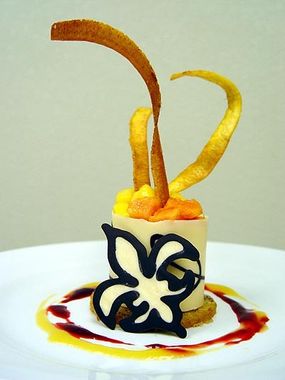
The caterer also needs to consider the nature of the gathering. If it's a wedding reception being held in a different location from the ceremony, will all the guests arrive on time? If there is a cocktail reception, how long should that last prior to the dinner? The caterer also has to leave time for a bouquet toss, toasts and the cake cutting. If the event is at a rented facility with a strict end-time, the team has to precisely time and execute all this according to the schedule.
Keep in mind that some facilities do book more than one event in a day. If you're arranging a morning function and have the place booked until 3:00 p.m., that means you, all of your guests, the catering crew, and all their equipment and supplies must be off-premise by 3:00 p.m. sharp.
In addition to planning the schedule, there's other preliminary work that needs to be done. Before the event, the catering firm's Kitchen Administrator examines the menu and decides what to order. Visual Synergy Software may play a big role in this part of the job. The kitchen staff enters precise measurements to create a detailed database of recipes. The staff can easily expand these recipes to suit any number of guests. Once the team has the right recipe for the appropriate group size, it's easy to see what they need to order.
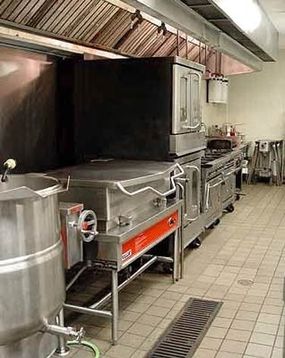
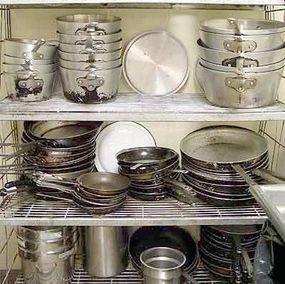
The timeline for this work definitely depends on the size of the function. For a corporate event for 300 people, for example, the kitchen staff at Joel would order food about two weeks in advance and start the actual food prep one week out. A smaller gathering, perhaps 100 guests or so, doesn't require as much time. The staff would order the food one week ahead of time and the food prep would start a few days prior to the event. Catering kitchens are similar to restaurant kitchens, in that the staff gets most of the foodstuffs and supplies from large distributors, but goes to local markets or specialty shops for specialty items.
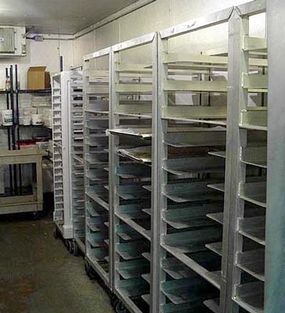
So everything is planned and ready to go, let's see how the big day unfolds...
